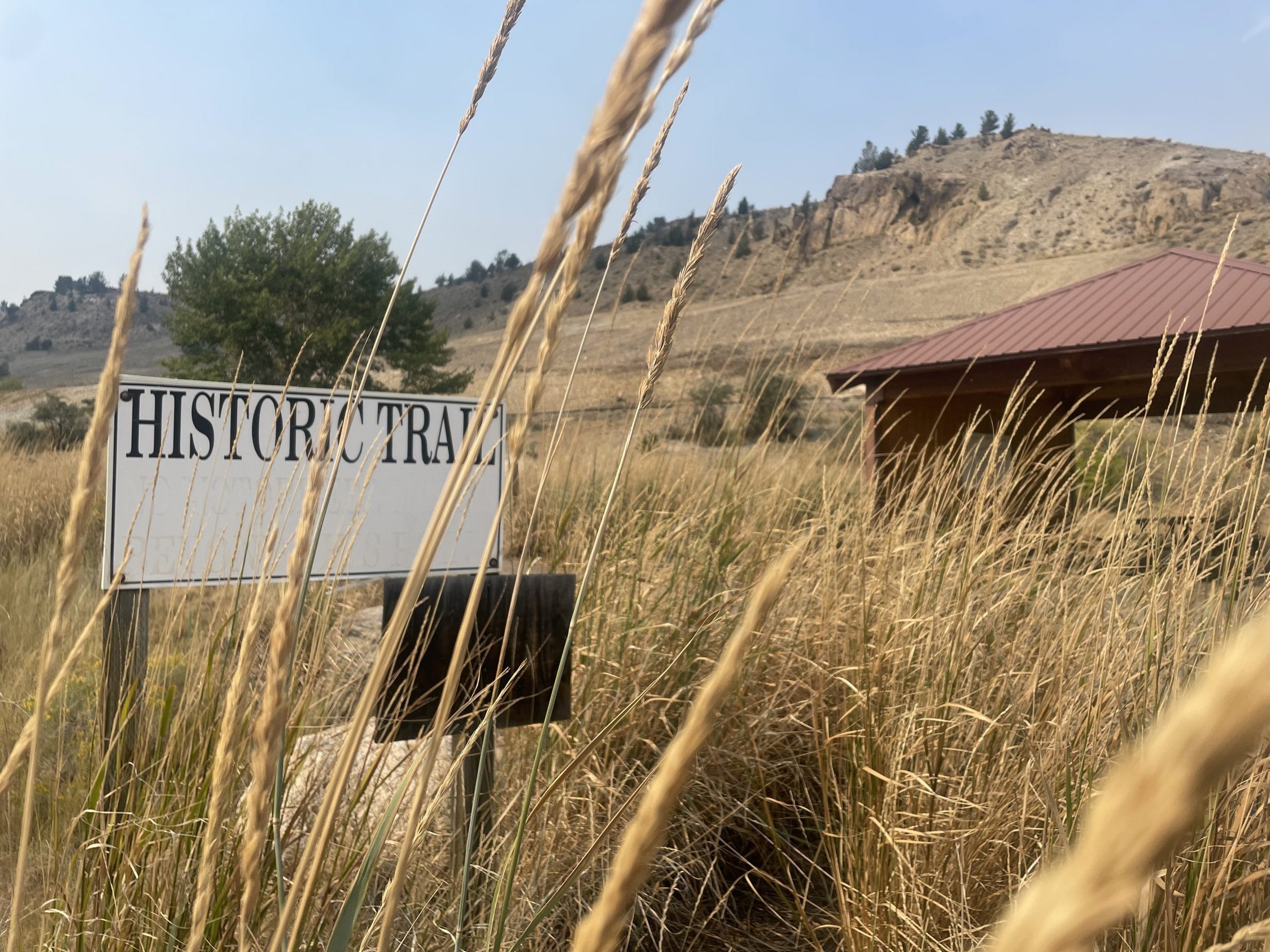
Art and History
Not the rubber stamp town most folks associate with Montana, Anaconda sprung from a melting pot of immigrants chasing the American dream. Hard work and ingenuity of laborers, craftsmen, and business tycoons, coupled with southwestern Montana’s vast natural resources, propelled the Anaconda Copper Mining Company and the small but sophisticated town that arose with it, to a position of the world’s largest supplier of copper, just as electricity came into common use. All next to some of Montana’s best outdoor recreation.
-

Copper Village Museum and Art Center
Housed in the former Anaconda City Hall, built in 1896, the complex includes a historical museum, archives, and art center, along with a retail shop and the local historical society.
Copper Village Museum and Arts Center is home to Art in Park. This is their main fundraiser for the year which happens every July.
401 E Commercial, Anaconda, MT
-

Historical Bus Tour
Our Historic Bus Tours take place Monday through Saturday from the Discover Anaconda Visitor Center. This 1936 touring bus will take you to see many of the historic attractions and buildings that exist in the community from the early smelting days that created Anaconda.
The tour runs from mid-May through mid-September. Ticket prices: $20 per adult, $15 per Senior (65+), $15 per veteran/military, and $7 per child 5-12yrs, and 5 and under Free.
406-563-2400.
306 E Park Ave, Anaconda, MT
-

The Upper Works Trail
Trails above and below the Old Works Golf Course provide breathtaking views of Anaconda and its scenery as well as historic interpretation along the trail of what was once a vibrant copper smelting operation.
301 N Cedar St, Anaconda, MT
-

Smoke Stack State Park
The old Anaconda Copper Company smelter stack, completed in 1919, is one of the tallest free-standing brick structures in the world at 585 feet. The inside diameter is 75 feet at the bottom, tapering to 60 feet at the top. In comparison, the Washington Monument is 555 feet tall.
The stack dominates the landscape like the Company once dominated the area’s economic life. Since the smelter closed in 1980, the stack has become a symbol of the challenges that face communities dependent on finite resources.
Listed in the National Register of Historic Places, the stack may be viewed and photographed only from a distance. Interpretive signs that detail its history are located in the viewing site near Benny Goodman Park.
Access is limited to the viewing/interpretive area only and is free. There is no visitor center or staff at this location.
100 Anaconda Smelter Rd, Anaconda, MT
-

The Montana- ARA
Anaconda Restoration Association Presents:
This unique four story masonry structure was the fulfillment of a dream of a small number of Anaconda business men, among them Marcus Daly, one of the famed Copper Kings of the Montana Territory. He himself underwrote one-half of the cost of the building and its fittings. The hotel was designed by Architect W.W. Boyington of Chicago in a composite style of French Renaissance and Romanesque. It is built of local red brick with terra cotta trim and decoration. The terra cotta was shipped by train from Chicago to Anaconda. During the great political battles of the 1890’s, Marcus Daly made every effort to have the capitol of Montana moved to Anaconda, but his dream was never realized. The hotel was too big for the town in which is was located, and was often empty. The building is now being renovated to much of its early granduer after suffering years of neglect. Its name has been changed from the Montana Hotel to the Marcus Daly Hotel.
200 Main Street, Anaconda, MT
-

Washoe Theater
This extravagant movie palace was built in 1936 with Art Deco furnishings, murals, and ornamentation in silver, copper and gold leaf. The Washoe, which was listed on the National Register of Historic Sites in 1982, was designed by architect B. Marcus Priteca an esteemed theater architect whose credits include Pantages Theaters in California, the Seattle Coliseum, and Orpheum, Palomar and Paramount theaters in Seattle. Interior decoration in the Art Deco style was supervised by Nat Smythe of Los Angeles, who with the help of Colville Smythe, completed the interior murals. The Smithsonian Institute has ranked it fifth in the nation for its architectural value.
The Washoe was built at a time when motion pictures were at a peak. Several large and elaborate Art Deco movie palaces were built around the country, most of which have been destroyed. Thus the Washoe is one of the few remaining theaters of its kind in the country. Pre-dating the Washoe on this site was the Margaret Theater, named for Mrs. Marcus Daly in 1897. The Margaret was sold in 1926 and reopened in 1927 as the Sundial Theater. The Sundial was destroyed by fire in 1929. Not soon after, the Washoe Amusement Company formed to lobby local citizens for the reconstruction of the theater on the site, and the Washoe soon came into being. It cost $200,000 to build.
Check us out on FACEBOOK
Call 563-6161 to hear the “Washoe Theatre Entertainment Announcement”
305 Main Street, Anaconda, MT
-

Historic Downtown Walking Tour
Backed by the powerful San Francisco syndicate of Hearst, Haggin and Tevis, Marcus Daly built the world’s largest smelter (combined upper and lower works) on Warm Springs Creek between 1883 and 1889. Along with the smelters, Daly envisioned a substantial city and filed the original townsite plat June 25, 1883. While smelter construction got underway that summer, people arrived faster than building supplies. The first boarding houses and saloons opened in tents. A railroad spur soon linked the town to the Anaconda Mine in Butte. By the time the furnaces of the Upper Works fired up in the fall of 1884, Anaconda’s 80 buildings included seven hotels and boarding houses and twelve saloons. At the end of 1885, Anaconda’s reduction works had a payroll of 1,700. The Anaconda Copper Mining Company dominated the local economy. Company subsidiaries built and maintained the city water supply, electric power system, and street railway. Daly and his associates established key commercial enterprises including the major bank, retailer D. J. Hennessy’s local company store, a race track, the highly acclaimed Montana Standard, and the Montana Hotel. Modeled after New York City’s Hoffman House, this premier hotel represented Daly’s political ambition as he promoted Anaconda in the race for state capital. Daly was bitterly disappointed when the city lost the capital race in 1894, but Anaconda survived as a vibrant piece of the Montana mosaic. Significant for its labor history and ethnic diversity, this unique company town was a place where private enterprise also flourished. Elaborate Victorian-era business blocks and the more utilitarian façades of the early twentieth century are testimony to a vigorous business community.
306 E Park Ave, Anaconda, MT
